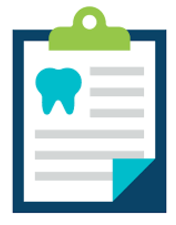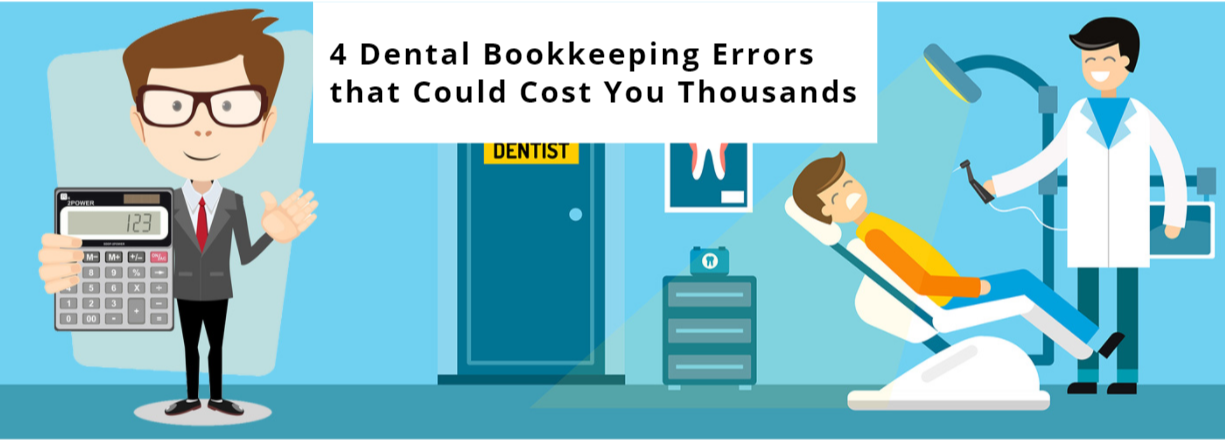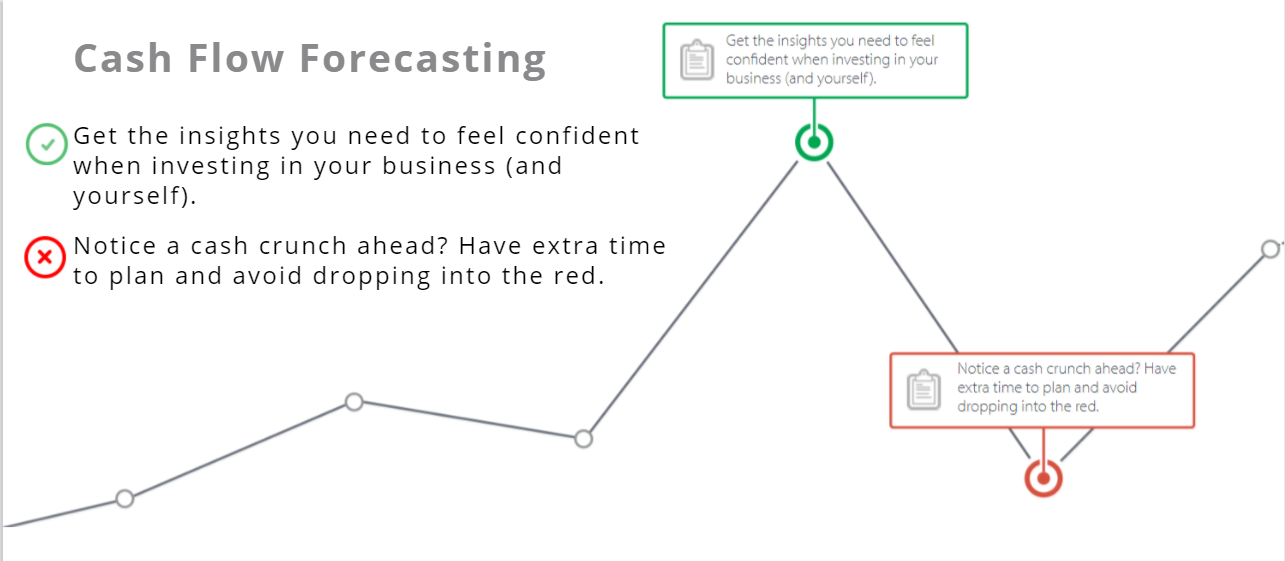 Cash flow issues will cripple any growing dental practice very quickly. A ripple effect will undoubtedly occur, as a result, and what were simple bookkeeping errors will become enormous financial difficulties. Although a majority of dentists are experts in their field, they are not necessarily experts in accounting. For the most part, most dentists are unaware of the crucial steps needed to create and maintain an efficient and accurate bookkeeping system; such a system is essential to the health of a business and basically one of the only ways to determine and understand the true financial health of that business.
Cash flow issues will cripple any growing dental practice very quickly. A ripple effect will undoubtedly occur, as a result, and what were simple bookkeeping errors will become enormous financial difficulties. Although a majority of dentists are experts in their field, they are not necessarily experts in accounting. For the most part, most dentists are unaware of the crucial steps needed to create and maintain an efficient and accurate bookkeeping system; such a system is essential to the health of a business and basically one of the only ways to determine and understand the true financial health of that business.
The inside works of a dentist’s bookkeeping system require an intricate comprehension of a respective practice’s accounting specifics. So, in order to help you navigate bookkeeping for a dental practice, we have compiled a list of 4 costly bookkeeping mistakes that need to be avoided.
1)Inability to Distinguish Cash Flow from Profit
Dental practices, for the most part, do not employ bookkeepers who have enough of an accounting background to decipher the difference between cash flow and profit. What does this mean? It means that the financial reports those bookkeepers or accounting personnel produce will not provide a dentist with an accurate picture of the overall health of his practice. This is nothing short of a small catastrophe because those very reports are also what a dentist relies on when he makes financial decisions and even those decisions which aren’t of a financial nature.
Normally, a dentist is interested in profit. There is, unfortunately, a frequent and costly error that occurs when profit numbers are misinterpreted as available cash funds, otherwise known as cash flow. A dentist is likely to be confused by the difference between profit and cash flow and when profit is considered available cash, a dentist might incur extra charges or overdraft fees due to over-spending.
Let’s quickly define cash flow and profit::
- Profit is determined by subtracting expenses from revenue for a specific time period. A profit computation is done after the completion of a profit and loss statement.
- Cash flow is determined by comparing the money moving into a business and the money moving out of the same business for a specific time period. A cash flow computation is done after finishing a cash flow equation while considering depreciation expenses, accounts receivable and inventory.
Basically, when a dentist wants to know how much money his practice has available, he is looking for a cash flow number instead of a profit number.
2)Using a Chart of Accounts that is Not Up to Industry Standards
The term “chart of accounts” relates to how funds are received or spent when financial reports are requested. The dental industry has certain industry standards as far as a chart of accounts is concerned. When developing or altering an accounting system, dental industry-specific chart of accounts must be used.
Another error that we usually come across is when a dental practice’s inexperienced accounting and bookkeeping teams use a simple and general chart of accounts. A general chart of accounts means an inaccurate chart of accounts, essentially. An inaccurate chart of accounts could render extremely expensive errors if a dentist does not have the proper insight required to grow and streamline his dental practice.
3)Recording Transactions in the Wrong Period
On a monthly basis, it is customary for a dental practice to “close the books.” Closing the books includes the reconciliation of various accounts, producing financial statements and a completing a plethora of other items. When the books begin to close for a period of time, all transactions and any other changes should be restricted.
A common and costly mistake pertaining to a chart of accounts is when transactions from a previous or future period are recorded in the wrong period. What results from such accidental and erroneous recordings is balance adjustments that do not match corresponding financial reports and bank balances. Gone unnoticed and not addressed, these inaccurate recordings will negatively affect all reports, subsequent tax documents and cash figures. To make matters worse, the cost that it takes to repair these reports and figures will nearly double. Finally, the IRS may choose to get involved and impose harsh penalties on a practice.
4)Working with an Inexperienced Dental Accountant
A dentist needs to research accountants with a specialty in dental accounting; this is probably the only way that a dentist will get a real-time and quick accurate picture of his practice. This means most local CPA firms would not know an Endodontist from a Periodontist, let alone what CAD/CAM dentistry means. By hiring that right specialized accountant, a dentist can rest easy knowing that all final reports are completed according to dental industry standards, General Acceptance Accounting Principles (GAAP) and IRS guidelines.
A costly error will occur if a practice hires bookkeepers and accountants, inside or outside of the house, without a firm knowledge base regarding dental accounting. Some dentists also try the “do it yourself” method which will also lead to a disaster. Sometimes, mistakes that an inexperienced hiree make are simply caught too late when a dentist discovers them, which is usually when the practice receives high tax bills, incorrect cash account reconciliations or theft due to internal control factors.
Conclusion
The best way to ensure sound and robust financial dental management is to pair up with an accountant or bookkeeper who is very familiar with the unique needs of a dentist. Ideally, this person will give a dentist peace of mind because this individual will assist in providing effective time management, time saved, accurate tracking of tax deductions and the implementation of a comprehensive and useful dental operating system. At ProBooks, we can provide you with all this and more. Consult with us today and we will make sure that your practice is financially ready to compete in the marketplace.










